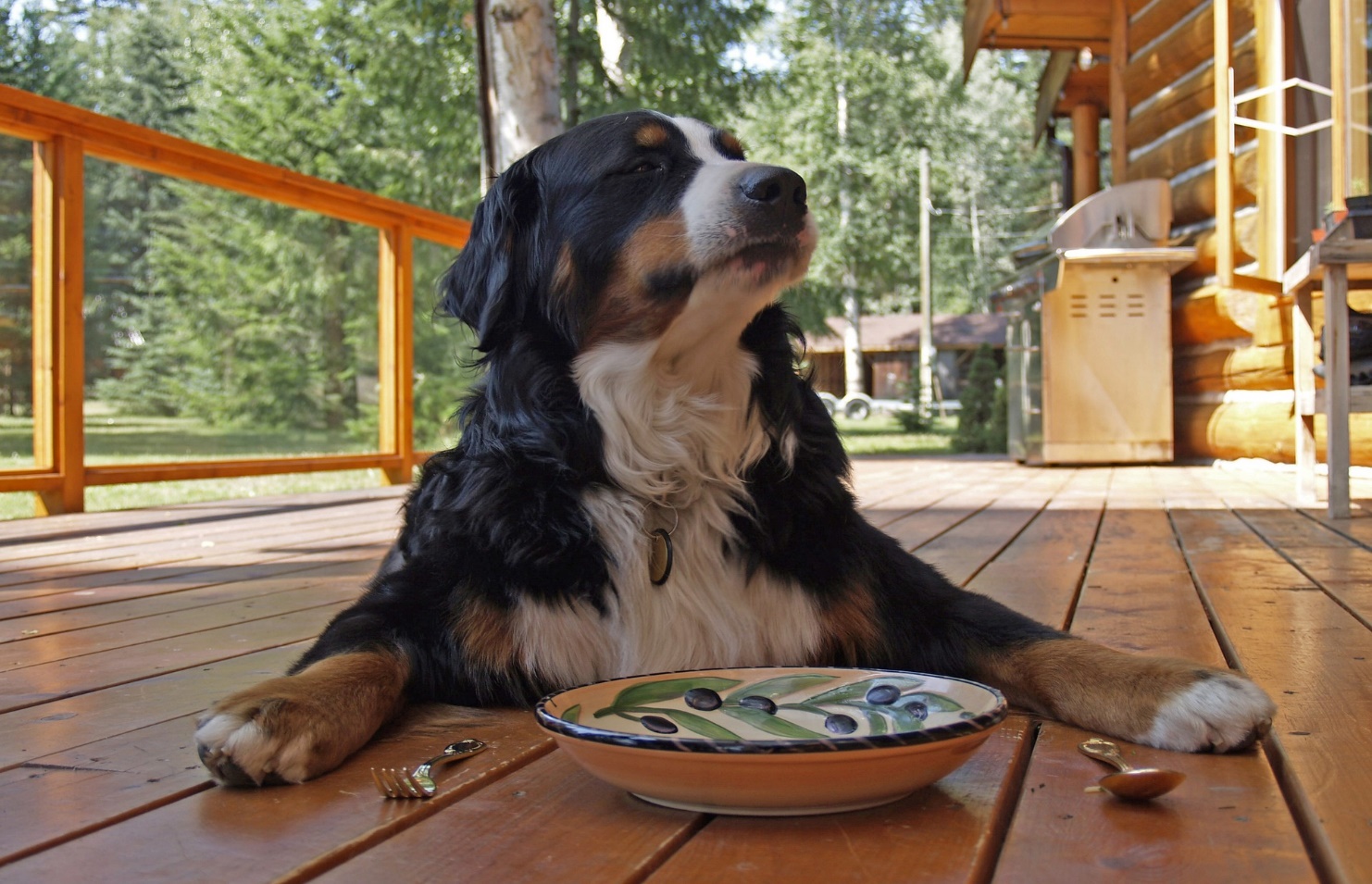How do you check if a dog is neutered?

Welcoming a new dog into your home requires a level of care and attention akin to caring for a young child One crucial aspect of responsible pet ownership that many overlook is neutering, also known as castrating.
Neutering is a surgical procedure done on animals, usually to remove their reproductive organs. It’s called castration in males and spaying in females.
Many pet owners are uncertain about what neutering involves or why it’s needed. Some who are aware of neutering may still have questions, such as, ‘How do you check if a dog is neutered?’ But don’t worry! We’re here to explain it in simple and calm terms, so you can make informed choices for your furry friend. Let’s dive in and uncover the facts about neutering.”
How do you check if a dog is neutered?
Neutering is beneficial and has a long history. Even ancient civilizations such as the Egyptians and Greeks most likely used it to control animal populations.
In modern times, veterinarians are increasingly using neutering to control pet populations and behavior. As a result, spaying or neutering pets has become a common practice aimed at reducing unwanted litters and improving overall health.
The most straightforward method to know if your dog has been neutered or spayed involves examining physical indications or accessing their medical records. In females, a scar on the abdominal midline, positioned roughly halfway between the umbilicus and the vulva, typically indicates spaying. This scar typically measures 1 to 2 inches, varying based on the dog’s size.
A longer suture line may suggest surgical complications or a prior cesarean section, indicating potential intact status. In such instances, a blood test or observing signs of heat becomes necessary.
For males, a scar just ahead of the scrotum, along the midline, indicates neutering. The absence of a scar and testicles may indicate cryptorchidism. Confirming this would require hormonal tests to assess blood levels.
Neuter surgery Process
The neuter surgery process typically involves the following steps:
Pre-Surgery Examination
Before the surgery, the veterinarian will thoroughly examine the animals to ensure that they are healthy enough for the procedures. Without a proper conducting examination, there could be significant risks to the pet, and the surgery could fail.
Even if the veterinarian notices issues with the pet’s health, they may still proceed with the surgery. However, there’s no need for concern about the specific health issues identified; veterinarians are trained to manage such situations effectively. In many cases, the veterinarian may recommend additional treatments or medications to address the concerns before rescheduling the surgery for a later date, once the pet’s health has improved.
Anesthesia
Another phase of Neutering dogs both males and females is involved inducing them with Anesthesia. During the pre-surgical phase, the animal is carefully administered anesthesia to induce a state of unconsciousness, making them not feel anything like Paine also unaware that they were being neutered.
The choice of anesthesia is tailored to the specific needs of the individual animal, taking into account factors such as age, health status, and size. Different types of anesthesia, including injectable and inhalant forms, may be utilized to achieve optimal results while minimizing risks.
Also, the veterinarian monitors the animal’s vital signs closely throughout the anesthesia administration to ensure their safety and adjust the dosage as needed.
This approach makes things easier and faster and provides the best possible outcome for the animal’s surgery.
Surgical Procedure
After the induction of anesthesia, the pet will be under the influence of it. then the veterinarian proceeds with the surgical procedure. For males, the testicles are typically removed through a small incision in the scrotum. This procedure, similar to a human vasectomy, involves carefully dissecting the tissue and ligatures around the testicles before removing them.
In females, a similar process is followed, but instead of the scrotum, an incision is made in the abdomen. This allows access to the ovaries and, in most cases, the uterus as well. The surgical removal of the ovaries and uterus is akin to a human hysterectomy.
This procedure looks scary but truly it’s not These surgical techniques are performed with precision and care to ensure the safety and well-being of the animal throughout the procedure. Also, make sure you meet a reputable veterinarian.
Monitoring
Throughout the surgery, the animal’s vital signs, such as heart rate and blood pressure, are closely monitored by veterinary staff to ensure their safety and well-being.
Post-Surgery Care
Following the completion of the surgery, the animal undergoes careful monitoring as they gradually recover from anesthesia. To ensure their comfort and well-being during this critical period, the veterinarian may prescribe pain management medication.
These medications help alleviate any discomfort or pain experienced by the animal as they recover from the surgical procedure. Additionally, the veterinary team continues to closely monitor the animal’s vital signs and overall condition to identify any potential complications and provide appropriate care as needed.
This attentive approach to postoperative care ensures the animal’s smooth transition from surgery to recovery, promoting a speedy and comfortable healing process.
Recovery
The animal will need to rest and recover in a quiet and comfortable environment. It’s essential to follow the veterinarian’s post-operative care instructions, which may include restrictions on activity and diet.
Follow-Up
A follow-up appointment may be scheduled to check the animal’s progress and ensure that they are healing properly. Any concerns or complications that arise during the recovery period should be reported to the veterinarian promptly.
Benefits of Neutering Your Dog
There are plenty of benefits every pet owner gets from neutering their pets, be it dogs or cats. These include population control, health benefits, behavioral benefits, and an improved quality of life.
Specifically for dogs, neutering offers population control by preventing unwanted litters and reducing the number of stray animals. It also provides health benefits by decreasing the risk of reproductive cancers, infections, and hormone-related diseases.
Behaviorally, neutered dogs often exhibit fewer undesirable behaviors such as roaming, aggression, and urine marking. Ultimately, neutering contributes to a happier and healthier life for both pets and their owners.
Many countries around the world have embraced neutering domestic animals such as dogs and cats. Countries like the United States, Canada, the United Kingdom, Australia, Germany, and many others.
What to expect post-surgery?
According to thesprucepets After the procedure, your dog may experience some scrotal swelling, which typically resolves over time. In younger dogs, the scrotum may flatten out, while in older dogs, it may remain as a skin flap.
Your veterinarian will likely provide pain medication to keep your dog comfortable and reduce swelling, which should improve within a few days.
It’s crucial to follow all post-care instructions provided by your veterinarian, including methods to minimize swelling and keep your dog calm during the recovery period.
An Elizabethan collar may be recommended to prevent your dog from licking at the incision site, as licking can cause irritation and potential infection. Ensure your dog wears the collar at all times, even during eating and sleeping.
Also Check this out: SULLPET GENERATOR TOOLS





